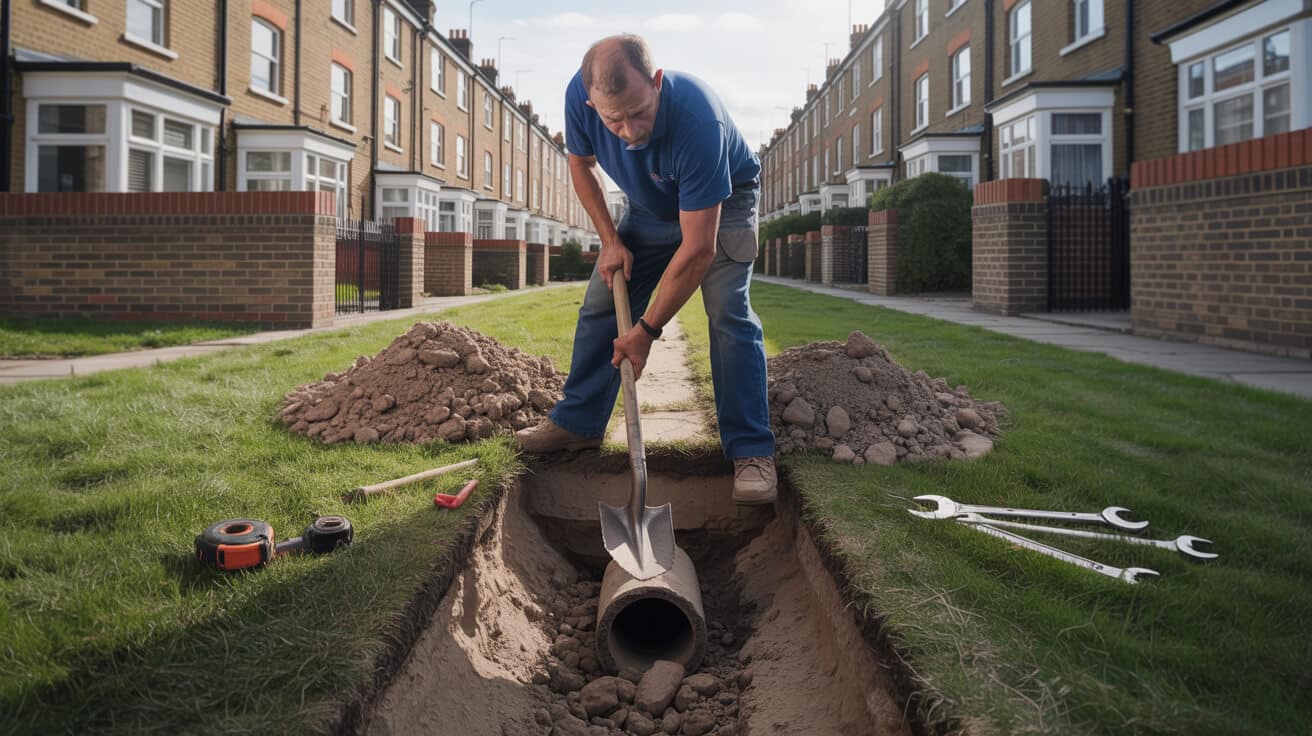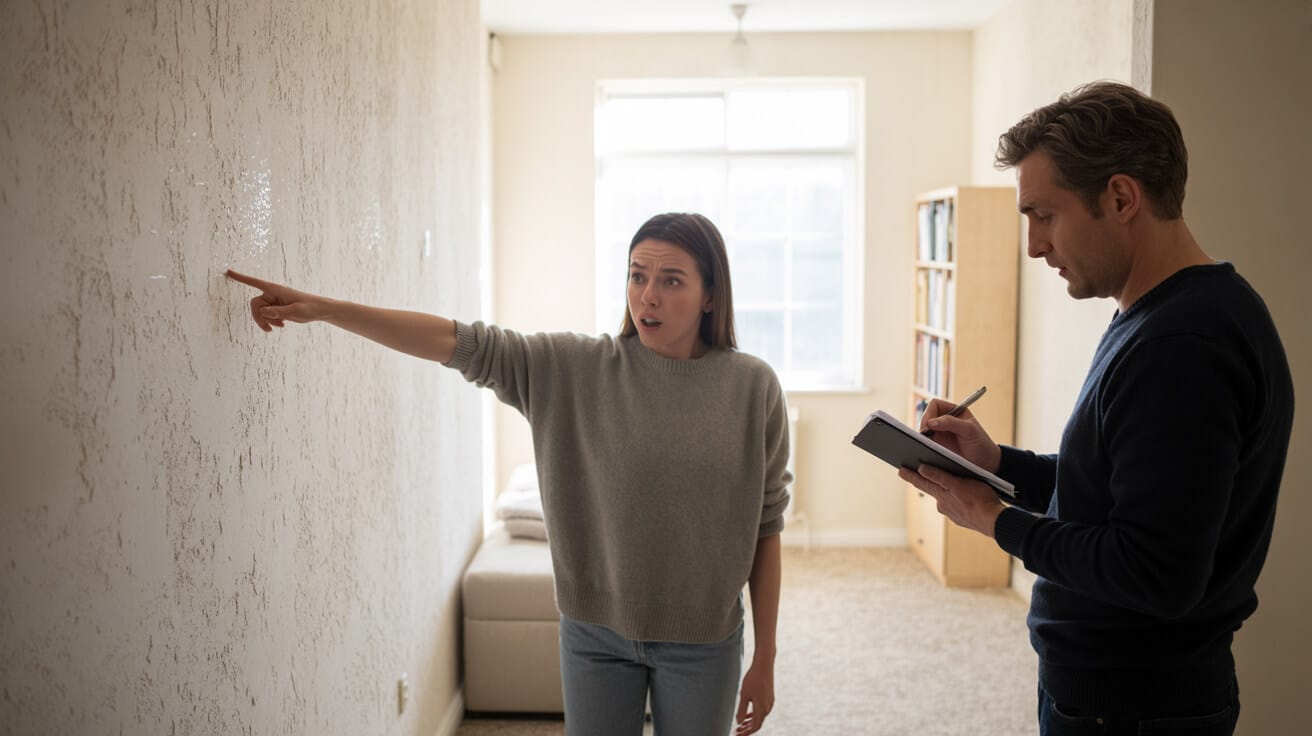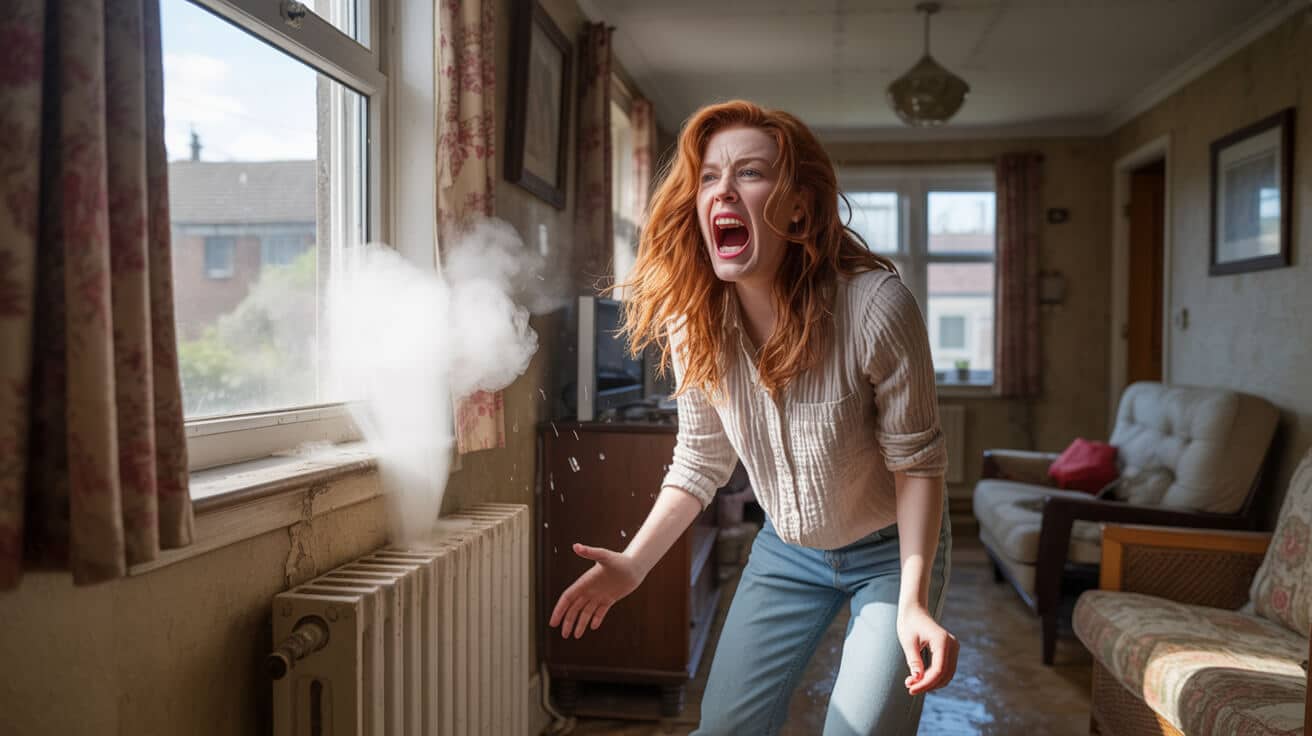 Victorian House Heating Efficient Systems That Preserve Character
Victorian House Heating Efficient Systems That Preserve Character

Can You Really Heat a Victorian House Without Sacrificing Its Character?
Victorian homes stand as living proof that architecture can deliver beauty, comfort, and resilience—provided you treat their history as an asset, not an obstacle. Owners and property managers face a dilemma: chilly rooms, spiralling heating bills, and draughts that seem to mock even the best thermostats. Does chasing real warmth mean erasing the storey your home tells? In reality, with skilled trades and the right mindset, you can have both: authentic comfort that honours the details making each period home unique.
A true home upgrade feels right every time you walk in—never at the expense of your house’s soul.
The hard reality is in the bones: solid walls with no cavity, sublime but single-glazed sash windows, and original heating layouts built for coal rather than Condensing Boilers. These old systems bleed heat fast, especially where air sneaks under floorboards, around architraves, and even through restored cornices. If you notice the cold most near the glass, in the corners, or first thing in the morning, your house is only doing what it was designed for in 1880—not what you need in 2024.
Start with a “fabric-first” survey—thermal imaging, moisture checks, and honest conversation about what’s worth saving. At Plumbers 4U, this process is mapped out room by room, flagging the precise routes heat and damp take, and offering upgrades that invisibly reinforce the old while setting the standard for the new. Every system recommendation flows from that audit: a route that bridges the comfort you crave and the original features you refuse to lose.
Old houses need careful handling, not one-size-fits-all fixes. Professionals who specialise in heritage properties don’t cover up the past—they protect it, integrating 21st-century standards without rewiring your home’s identity. The best part? Every improvement, from insulation to radiators, tells visitors—and future buyers—that your home works because of its history, not in spite of it.
How Do You Insulate a Victorian Home Without Hiding Its Features?
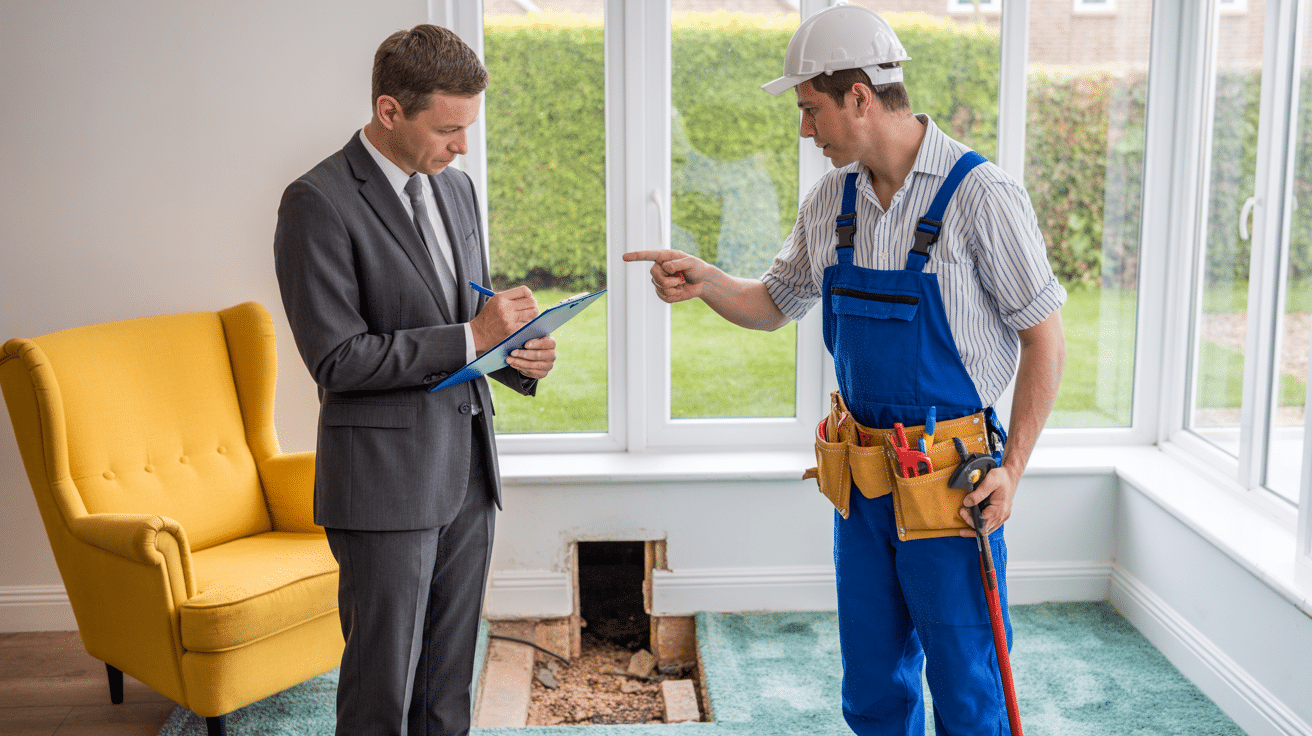
One of the greatest errors property owners make is assuming that warmer must mean “box in every cornice and cover every floor.” The truth is, insulation done right becomes an invisible asset, softening the chill while letting your house breathe and your features shine. Victorian homes, by nature, need to move moisture—block that with the wrong materials, and you’ll swap cold for condensation and rotten timber.
If insulation is making your home look or feel wrong, it’s the wrong installer—or the wrong material.
Loft insulation comes first: by laying a thick (300mm+) layer of breathable wool, hemp, or purpose-made open-cell insulation, you halt heat vanishing out the roof. Take care not to compress any coving or disturb ceiling roses—specialists, like the Plumbers 4U team, will document every decorative feature and cut around them, always reversible for future restoration.
Underfloor upgrades are similar—boards are lifted, numbered, insulated with natural or vapour-open batts, and replaced exactly as found. This attention to sequence means your patinaed floors keep their character, while draughts and foot-level chill quietly disappear.
Internal wall insulation is more nuanced. Avoid rigid foam or plastic-based boards; opt for lime-plaster systems, calcium silicate boards, or thermal-lime renders that let brick and timber exhale naturally. Behind every added layer, a gap—ventilated and mapped—is left for air movement, never blocked. All interventions (from a single reveal to panelling behind a modest dado rail) are logged and photographed as part of your “as built” pack.
Every step is documented—pre-work photos, room-by-room logs, and labelled salvage. Nothing is done that cannot be reversed, should conservation or taste change down the road.
With the right installer, compliance to Part L and WRAS is the baseline, not a bonus. You see the benefit in your comfort and rest easy knowing your home’s value is future-proofed—with proof in writing.
Why Breatheability and Reversibility Matter for Period Homes
Victorian houses survive centuries because they’re allowed to “dry out and settle” as seasons change. Trapping moisture turns corniced rooms into damp traps—the quickest path to ruined features and repair bills. Insulation solutions must deliver warmth and still permit airflow. Installers must explain their choices, document the impact, and guarantee that nothing is lost for good.
Nothing should be done that cannot someday be undone—your home’s history deserves that respect.
Every reputable survey should deliver a plan for how each upgrade can be removed, and a log so you or the next custodian can trace every step before and after.
Which Heating Systems Suit Victorian Rooms and Still Feel Authentic?

The goal isn’t hiding your heating system—it’s letting it work in harmony with sash windows, tall skirtings, and the ornament that makes your home unique. The best engineers know that even the most modern system should respect the room’s soul. No one wants a gleaming white radiator on flock wallpaper, or visible plastic pipes breaking up chevron floorboards.
Cast-iron radiators, whether original or modern replicas, suit Victorian houses perfectly. They radiate heat slowly and evenly, which is exactly what high-ceilinged, uninsulated rooms need. Modern controls—like small-form thermostatic valves—can be painted, hidden, or styled to echo the house’s palette. Every pipe run is routed behind skirting or hidden in floor trenches, preserving the room’s original symmetry.
You shouldn’t notice your heating until you need it—comfort shouldn’t cost you the room’s beauty.
smart controls take it further: wireless thermostats can be placed in side alcoves or inside cupboard doors, never disturbing ornate cornices or woodwork. Digital temperature management, room by room, comes without scars or signs, and it’s reset-friendly for future owners.
At Plumbers 4U, every heating proposal is drawn up with diagrams, pre-approved placements, and material swatches that respect your taste. No part is swapped out unless it matches both compliance and conservation. Final sign-off is as much about aesthetics as it is about performance.
Respecting Room Layout and Heating Heritage
Part of fitting heating to these homes is understanding how air flows—radiators should live under windows and in cold corners, not randomly on any clear wall. Pipe insulation is mandatory, but it’s also the chance to use period colours or brass/burnished metal, all WRAS compliant. The aim: a winter home that glows with heat, not with obvious signs of upgrade.
Are Modern Underfloor Heating Systems a Good Fit for Old Floors?
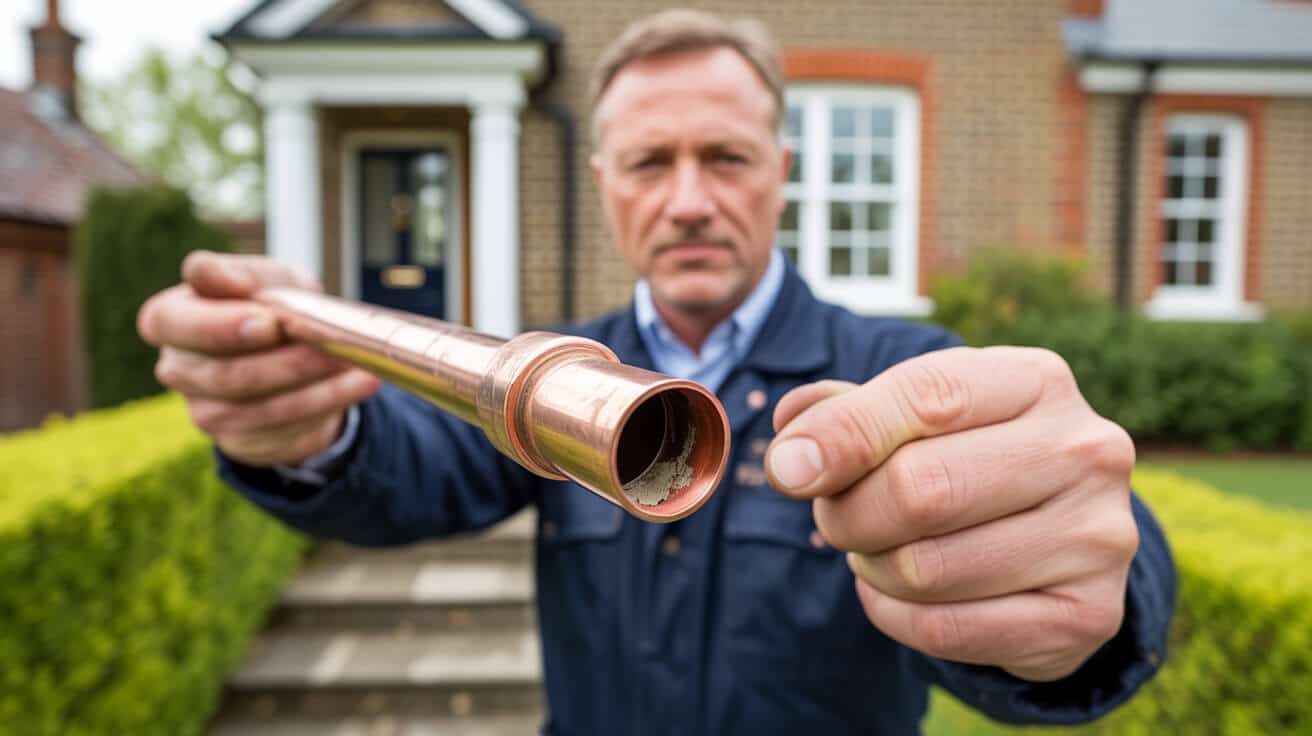
Many owners and managers hesitate when it comes to underfloor heating in period homes—fearing damage, upheaval, or the need to cover irreplaceable boards for good. These concerns are justified if shortcuts are taken, but the best systems offer warmth and reversibility. When installed by heritage-savvy experts, underfloor heating can deliver silent comfort with zero visual penalty.
Perfect underfloor warmth means never seeing the evidence—just feeling the difference.
How do real specialists handle it? First, they document the floor, photographing boards, joints, and any repairs. Each board is labelled as lifted for accurate replacement. Low-profile hydronic pipes (as slim as 12mm) are slotted between joists or on insulated overlays, always shielded from rubbing or future damage.
Tile, stone, or even parquet floors get tailored solutions: flexible decoupling mats that protect the surface while channelling heat upward, preserving every mosaic detail. Pipework is pressure-tested—twice—before and after closing up. Controls are set into discreet spots, accessible but never centre stage.
Plumbers 4U’s audits include moisture mapping and substrate assessment. Only when every risk to the fabric is accounted for does installation proceed. On sign-off, clients receive a full log: pre- and post-instal photos, labelled board order, pipework diagrams, and a “how to reverse” plan.
Upfront, you’ll know exactly what’s done, why, and how to track it—all without a trace once furniture is back in place.
Longevity Without Loss: Preserving Floor Value
Period floors increase a home’s value. No installer with credentials will “nail through” boards, glue pipe direct to valuable oak, or block access to inspection panels. Modern underfloor heating trades minute energy waste for a major jump in comfort, and when you want an upgrade or repair, the path is mapped and clear.
Can Heritage Radiators Be Used with Eco-Safe Heating Systems?
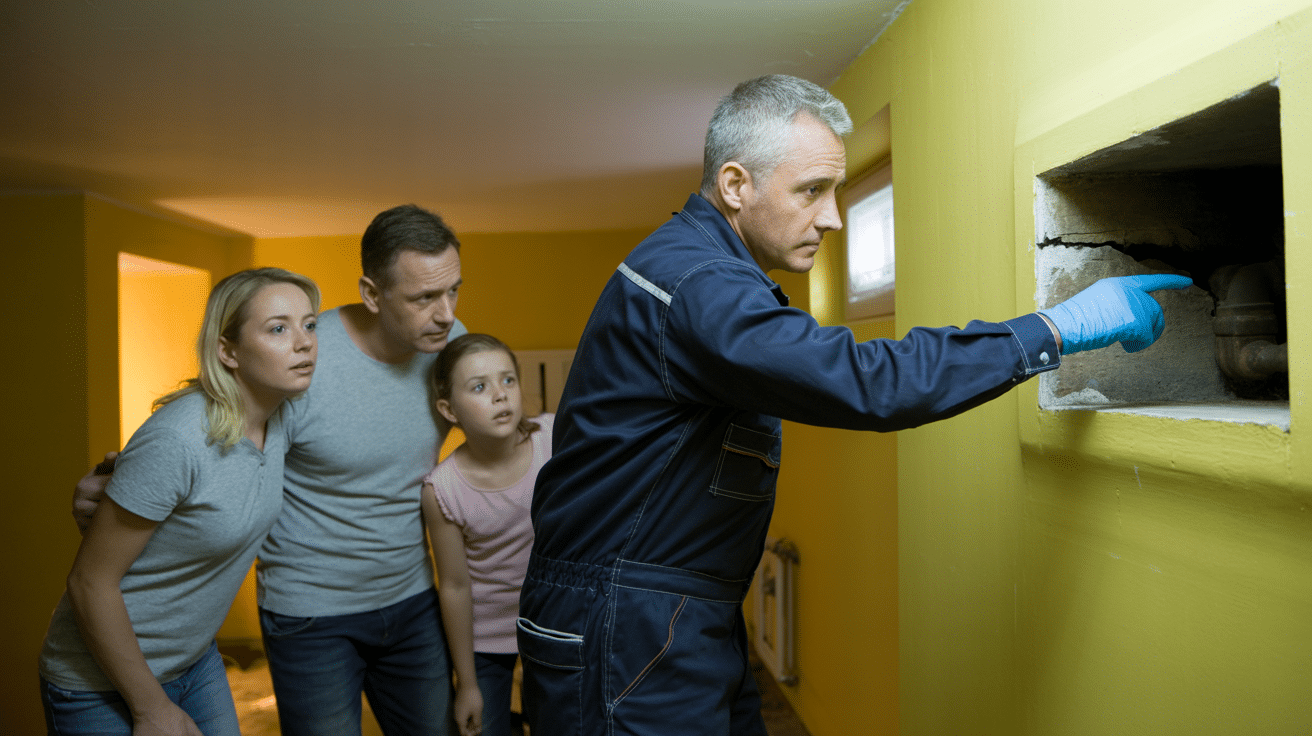
The best heritage radiators aren’t relics—they’re future-ready assets. Unlike lightweight “builder’s rads,” cast iron and column types hold more water, releasing warmth for hours and smoothing out the highs and lows that can undermine comfort or efficiency. This legacy works spectacularly well with modern heat sources.
Lower-temperature boilers (condensing or low-flow) and air source heat pumps achieve maximum efficiency when radiators are sized and balanced for long, gentle cycles. Upgrades often involve adding a larger radiator in the coldest spot, restoring neglected units, or using foam and pipe lagging to reduce heat loss.
Modern TRVs and smart valves slip in with period finishes—bronze, antique brass, or blacks that match original details. Control is app-based, not reliant on visible wall panels.
Old bones, new brains. The radiator that saved you in ’56 can be the one that saves energy in 2024.
Installers like Plumbers 4U check every system for compliance and grant-readiness—supplying WRAS, G3, Part L, and EPC-friendly documentation as standard. If you want to maximise eligibility for eco grants or future carbon trading, all groundwork is laid in a way both Conservation Officers and surveyors understand.
The true result? Heating that’s pleasant, safe, and easy to live with—yet meets regulatory scrutiny, and looks right at home in your period reception rooms or bedrooms.
Matching Originals and Navigating the Rules
If original radiators are unsalvageable, custom manufacturers can replicate the size, shape, and colour you need—ensuring your heating never looks like a “bolt-on.” Even rarer fittings can be updated to WRAS-approved standards, so character and compliance are guaranteed for decades to come.
Do Heat Pumps and Insulation Upgrades Really Work in Victorian Homes?
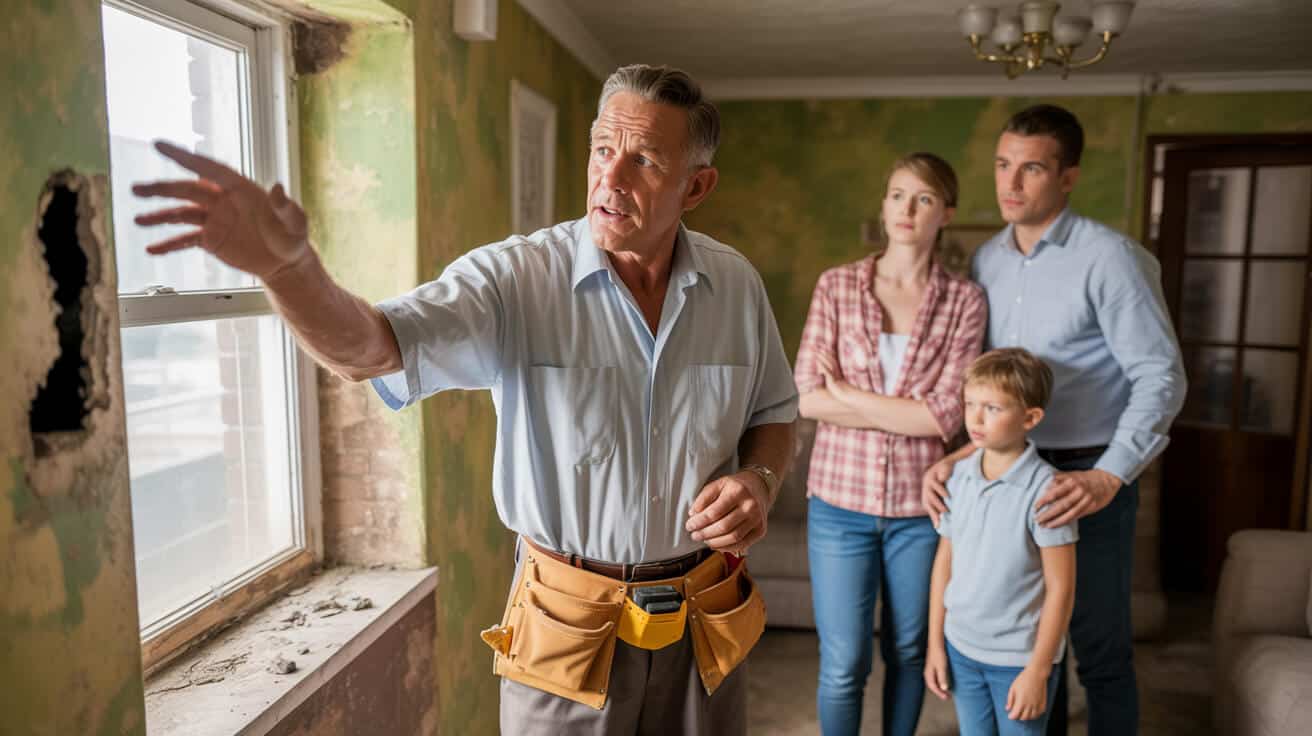
There’s a myth that Victorian houses are “unsuitable” for new tech—heat pumps, secondary glazing, and advanced insulation have been proving that wrong for years. The key? Combine every system as part of a holistic audit, not a piecemeal fix. Start with airtight but breathable insulation (roof, underfloor, and internal wall), pair it with pipework upgrades and flow balancing, and only then spec your source.
Data from pilot homes show that well-designed insulation plus a precision-installed air-source heat pump cuts heating costs by up to 40% annually (ft.com). Period homes with poor insulation see less impact, so the discipline is in sequencing work and matching output to your rooms’ real-world needs. Quality installation means pressure-testing pipes and radiators, verifying airflow, and certifying each stage from a compliance perspective—especially in listed or protected properties.
Victorian houses aren’t obstacles—they’re canvases for the right upgrades.
At Plumbers 4U, every heat pump proposal comes with a conservation report, G3 and WRAS fitment log, and mapped integration plan. Components (from heat pump to radiator to underfloor loop) are matched for real use, not “brochure numbers.” For those wanting eco grants or listing status improvements, every part is documented, and all upgrades meet or exceed Part L, Factory Warranty, and EPC standards.
You gain a system that warms, ventilates, and comforts without undoing the past. If done right, “modern efficiency” becomes a proud feature in your property listing—not a compromise you hide.
Can Smart Heating Be Added to a Period Home Without Losing Its Character?
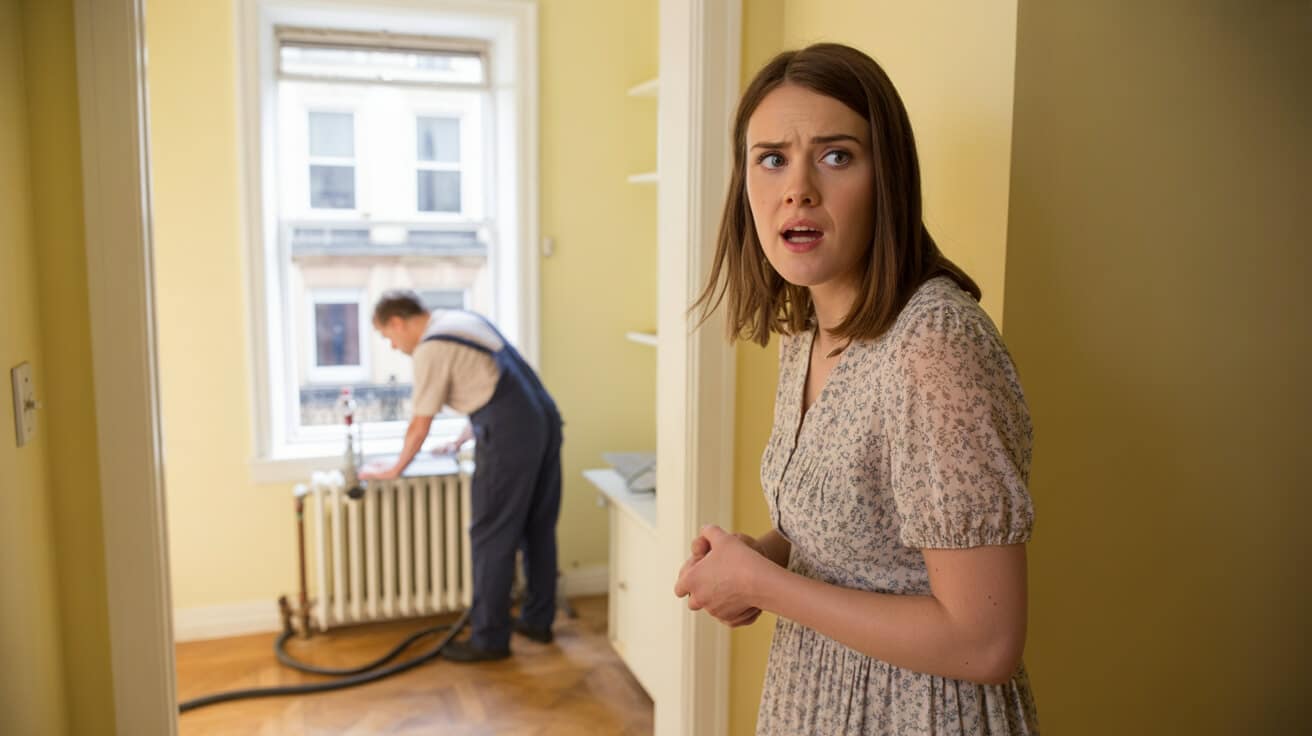
The best smart heating systems today are practically invisible—compact, wire-free, and configurable by phone or tablet as you walk the house. No intrusive conduit, no lost cornices, no wall scars. The end result is absolute control, no matter where you are, with character and style intact.
Wireless thermostats now fit into wall alcoves, under-stair cupboards, or even fuse with light switch panels for unity. Modern TRVs come in period colours—bronze, satin nickel, matt black—blending into the background. Whole house zoning is handled by discreet hubs, tucked in with routers or behind cabinetry.
Invisible in the light, unbeatable in the cold—smart comfort should never steal the scene.
Smart controls allow timer, geo-fence, and app-based scheduling—rooms can be set to warm just before you arrive, cutting costs and bumping comfort. These tech tools play perfectly with period rads and even the quirkiest sash-windowed layouts.
Independent studies show homes with proper zoning and smart controls reduce energy use by up to 12% (energysavingtrust.org.uk). The result isn’t just cost savings or an eco-badge for EPC—it’s real comfort that matches your style, with no trade-off for looks or value.
Plumbers 4U delivers every smart upgrade with hands-on training, a complete photo record, and all compliance paperwork for agent or grant needs. If it can be controlled remotely, it can be installed and serviced without leaving a trace—unless you count extra warmth and lower bills.
Book Your Victorian Heating & Comfort Survey—Let Plumbers 4U Restore Your Peace of Mind
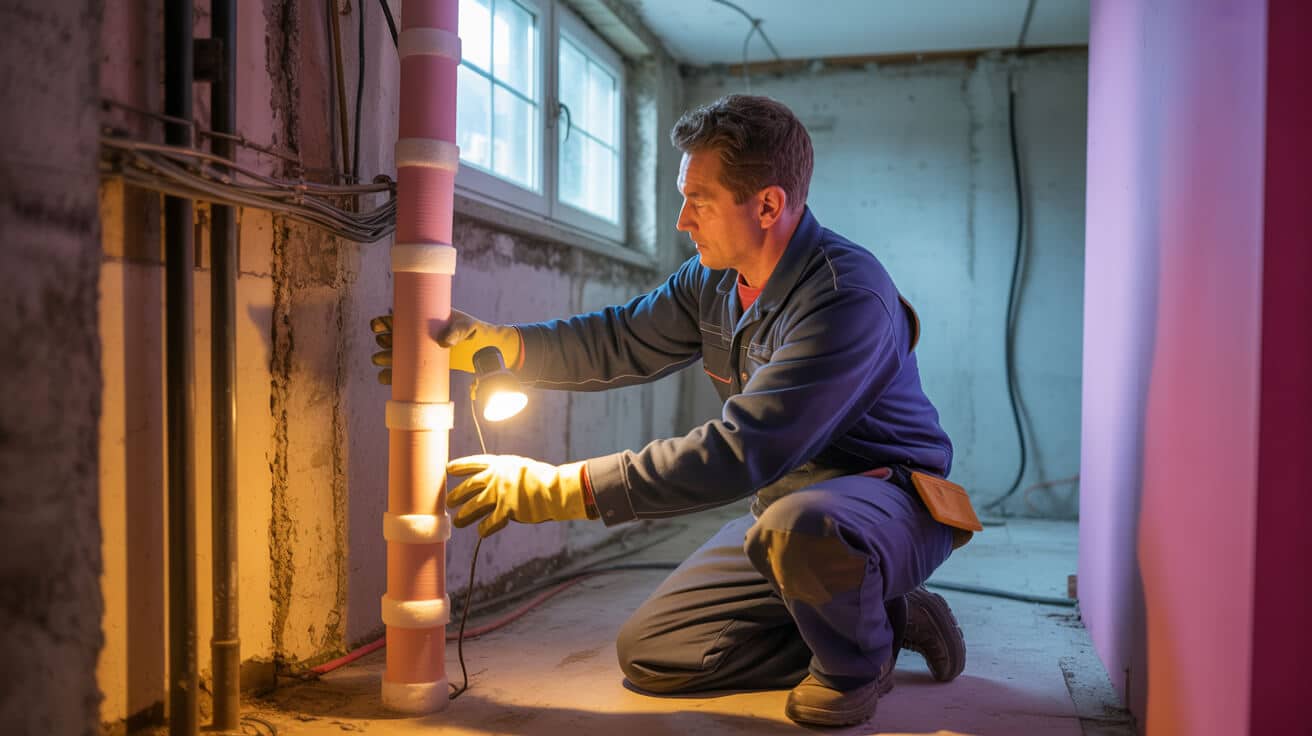
Comfort, compliance, and character—these are not trade-offs but the heart of true stewardship for any Victorian home. Plumbers 4U brings a blend of traditional respect, WRAS and G3 certification, and deep knowledge of listed-building requirements to every job. Every site visit starts with a mapped-out survey: moisture, leak, and fabric checks, compliance for new EPC and landlord laws, and line-item comfort upgrades.
Your room-by-room plan includes before-and-after photos, pressure logs, annotated diagrams, and every compliance certificate needed to preserve both history and value. Listed or complex? All permission paperwork and Conservation Officer notes supplied as standard.
Your peace of mind should reflect your property: timeless, solid, and ready for the future.
Across London, Bath, York, and beyond, 5-star ratings back what these teams deliver: renewed comfort, preserved elegance, and installations that set your property apart—now and for years to come. Transfers, future upgrades, and maintenance are simple when every detail is logged and shared.
Plumbers 4U—restoring comfort, conserving history, and meeting your modern standards for living. Book your bespoke survey today, and let warmth and style co-exist for good.
🚰 Hector Gauge’s Action List for Flawless Heritage Heating Upgrades
🚰
1. Survey every room for visible and hidden damp, previous patch repairs, and material fatigue. Always fix the source before adding insulation or upgrading heat.
2. Confirm WRAS compliance at every valve, joint, and flow-control—swap out every suspect fitting, not just the obvious. Don’t count on luck behind the scenes.
3. Inspect all main pipe runs for leaks, rust, and poor fixings. Early detection saves costly surprises and maximises performance.
4. Use only vapour-open, breathable insulation; ban everything “closed cell” or non-reversible. Victorian homes need to flex and breathe through every season.
5. Demand G3, WRAS, and Part L certificates for all upgrades—plus a full handover pack: pressure logs, installer photos, labelled zone drawings.
6. For listed or conservation properties, ensure a diagram of heated zones and controls for future surveyors or grant applications.
7. Keep a tidy file: every certificate, invoice, log photo, and installer sheet in one place. Supporting paperwork is vital for future-proofing and property value.
🚰
Frequently Asked Questions
Why do Victorian homes seem colder, and what insulation steps offer the fastest comfort boost?
Most Victorian homes lose heat rapidly because their solid brick walls, original sash windows, and timber floors were never designed to retain warmth; upgrading these elements with period-sensitive methods cuts energy bills and keeps spaces liveable.
These properties weren’t built for double glazing, thick wall “cavities,” or insulated subfloors. The grandeur that makes Victorian architecture so unique—tall ceilings, large windows, open hearths—also sets up the perfect escape route for pricey central heating. Air eddies under floorboards, draughts snake past loose joinery, and masonry wicks warmth directly outdoors. Modern wool or hemp loft rolls physically block rising heat but still let brickwork “breathe,” preventing moisture build-up that can ruin plaster and antique cornices.
When you stop accepting draughts as character, comfort levels jump and costs drop.
Recent British installations suggest topping up loft insulation and adding underfloor matting together can trim up to a quarter off annual heating bills before you even touch walls or windows. Secondary glazing (clear, slimline, removable) and period-style draught strips have seen Sash Window Workshop clients in London report minimum 5°C gains, simply from sealing and stopping rattles—without harming heritage sightlines. Even radiator reflectors or thick curtains reflect surprising real-world warmth back into living zones.
Which upgrades deliver the best warmth for minimal hassle?
- Natural fibre loft insulation added between and across rafters
- Underfloor insulation from below, ensuring ventilation
- Draught-proofing: brush seals for windows/doors, chimney balloons
- Secondary glazing: clear, removable panels for sash windows
- Thermal window dressings: lined curtains or fitted blinds
- Radiator backs: slim foil reflectors behind rads on outer walls
For more depth and a cost/benefit run-through, explore our “Retaining Warmth in Historic Walls and Windows” section in the full article.
How do heating engineers preserve Victorian features during upgrades without causing damage?
Heating professionals protect original Victorian details using “reversible” fitting methods, condition logs, and restoration-friendly techniques—so no evidence of modern upgrades is left behind.
Specialist teams never start with a sledgehammer. Instead, each visible feature—floorboard, ceiling rose, architrave—is photographed, documented, and often numbered. Modern pipe runs or cabling are mapped in advance, usually routed beneath floorboards or inside existing voids. Where tech meets tradition, ultra-slim wireless smart thermostats and battery-powered radiator valves eliminate the need for wall chasing or visible trunking; some systems even stick discreetly to decorated surfaces using non-marking pads.
If a rare tile or skirting section must be lifted, it’s carefully stored and relaid, or authentically matched by suppliers who specialise in Victorian mouldings. Detailed logs support conservation area compliance and future reversion if regulations change, a process increasingly expected by council advisors.
The best upgrades disappear—your history looks untouched while your wallet feels the saving.
Plumbers 4U, for instance, follows a sign-off process: feature inventory, client sign-off for pipe runs, photographic proofing, and a compliance pack at handover, ensuring that even listed property works leave the faintest possible footprint.
What’s the repair and upgrade protocol in a heritage property?
- Document all room details with photos before work begins
- Plan pipe runs and positions with client and (if relevant) conservation input
- Use wireless, non-invasive smart controls wherever possible
- Store and restore original joinery or tiles if removal is needed
- Archive a handover log listing all new and removed materials, for future audit
For a workflow tailored to your specific period features, see “Heritage Heating Installation—Modern Methods, Traditional Respect” in our resource centre.
What low-carbon heating options actually work in Victorian-era homes?
Combining modern heat pumps, ultra-efficient boilers, and clever digital controls enables Victorian homes to slash carbon emissions and keep interior comfort intact—if insulation improvements come first.
Because these homes were built for high-output fireplaces or clanking open radiators, switching to a heat pump “cold turkey” means rooms won’t heat quickly. The answer is often hybrid: a compact air source heat pump handles low-level heating for most days, while a new condensing boiler supports deep winter demand. Layer in programmable zoning—allowing bedrooms, lounges and kitchens to be heated (or cooled) at different times or temperatures—and you unlock efficiencies impossible in one-size-fits-all Victorian systems.
Government incentives like the Boiler Upgrade Scheme (BUS) and Home Upgrade Grant support sustainable upgrades and more councils now approve “reversible” works. Oxford’s Eco-Victorian Renovation study revealed up to 60% CO₂ reductions when heat pumps are paired with underfloor insulation and smart zoning—even in houses deemed too draughty. Solar thermal water heating can supplement especially where south or west roofs are accessible, with minimal impact on street-facing elevations.
Every heritage upgrade makes the next green step easier—timing and sequence are everything.
A quick guide: which green tech delivers real impact for Victorian homes?
| Heating Solution | Works Best When… | Key Outcomes |
|---|---|---|
| Air/ground heat pumps | Insulation in place | Grants, carbon cut, warmth |
| Hybrid boiler/ASHP set up | Zones, thick walls | Reliable comfort, backup |
| Digital zoning controls | Any period property | Lower bills, flexible use |
| Solar thermal cylinder | Unshaded roof, cylinder access | Free summer hot water |
For full context and next-era compliance advice, check “Future-Proofing Period Properties with Renewables” in the main article.
How do landlords, agents, and commercial property owners keep Victorian buildings efficient, legally compliant, and tenant-friendly?
Success with period properties comes from balancing regulatory compliance, comfort upgrades, and disruption management—using design and documentation to avoid heritage loss and legal snags.
Tighter rules require residential landlords to hit EPC Band E (with Band C coming); commercial owners may face even stricter standards soon. The trick is phased upgrades: schedule insulation and heating works between tenancies, or by zone in offices, to minimise disruption. Issue tenants with a clear timeline, temporary adjustments (like portable heaters for single-day works), and user guides for any smart controls.
Always compile a compliance file with WRAS, Building Control, and MEES evidence, plus energy use snapshots, before and after works—these protect you during audits or complaints. For vulnerable residents, user education and a direct service line for post-instal snags reduce emergency callouts. Commercial spaces benefit from programmable thermostats, letting unused zones “rest” while active areas stay warm.
Regulatory obstacles shrink when every step is visible and reversible, and tenants are kept in the loop.
Plumbers 4U’s asset handover includes a digital archive of all changes and a user-friendly summary tailored to property managers, keeping you ahead of both comfort and compliance requirements.
What must go in any landlord or manager compliance file?
- WRAS-approved installation certificate and Building Control sign-off
- EPC improvement sheet with “before and after” figures
- Written MEES compliance summary for all improved units
- User instructions for thermostats, valves, or digital controls
- Photographic log of affected spaces, designs, and any heritage feature removals
For a checklist and sample compliance documents, visit our “Landlord and Letting Guide” online.
What are the most damaging mistakes in Victorian heating renovations, and how can you avoid them?
Irreversible alteration of period features, heavy-handed insulation, and poor record-keeping are the biggest threats to both property value and compliance in Victorian homes.
Adhesive-backed plastic panels, moisture-trapping spray foam, or overzealous pipe chasing into brickwork can set up long-term decay. Even “modern” damp proofing can push moisture out of sight—causing future rot near skirtings or behind wainscoting. Installing a powerful new heat pump onto old, skinny radiators will leave you with cold rooms and big bills. And if you can’t produce documentation for an upgrade, you risk insurance claim troubles or resale roadblocks.
One irreversible error—trapped moisture, lost moulding, or undocumented rerouting—can erase decades of careful stewardship.
Heritage-prioritising teams like Plumbers 4U insist on full documentation from first fix through sign-off, with before-and-after photos, room logs, and conservation guidance for any affected details. Membership in WaterSafe, CIPHE, or TrustMark is a green flag; rushed, “we can do it all”-style outfits often mismanage period properties.
Top risk factors for period property heating blunders
- Unrecoverable loss of original joinery, tiles, or sills
- Trap-prone insulation blocking air movement or dampness
- Sizing mismatch (heat pumps with undersized radiators)
- Zero paperwork, making future compliance slow or costly
For a downloadable renovation risk manager, consult “Pitfalls and Safeguards in Heritage Upgrades” in our article.
What criteria set a real heritage heating specialist apart for Victorian home projects?
Authentic period heating experts prove heritage know-how—demonstrated by WRAS, G3, and conservation training—plus a process that privileges reversibility and feature protection at every turn.
A trustworthy specialist spends time surveying, notes every feature in writing and by photo, and tailors plans to your building’s bones—not just to system types or quotas. Watch for written estimates covering all interventions, user-friendly control placement, and a zero-pressure approach on insulation or full-room modifications. Before-and-after evidence from real Victorian or listed projects, plus references from satisfied heritage property owners, should be standard issue.
If a tradesperson can’t name the regulation protecting your architrave, keep looking—details matter.
At Plumbers 4U, engineers are WRAS/G3-certified with experience across hundreds of Victorian refurbishments. Bespoke plans for comfort, conservation, and compliance are issued as standard, with photo inventory and future-proof recommendations included in every client folder.
Key questions for choosing a genuine heritage heating specialist
- Do you hold WRAS, G3, and conservation site experience?
- Can you supply before/after portfolios from period properties?
- Are your proposals detailed, feature-by-feature, and reversible if needed?
- Will I receive compliance logs, user guides, and documentation at handover?
- Can you provide direct references from previous heritage clients?
To request a guide to interviewing engineers—and see winning project examples—get in touch via our “Victorian Property Upgrade Specialist” resource hub.

